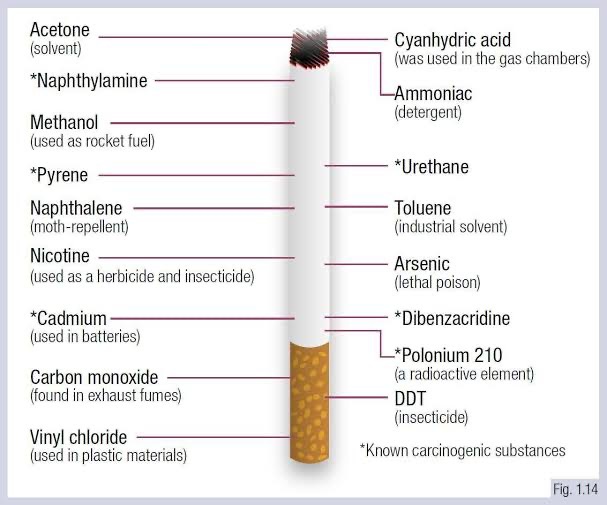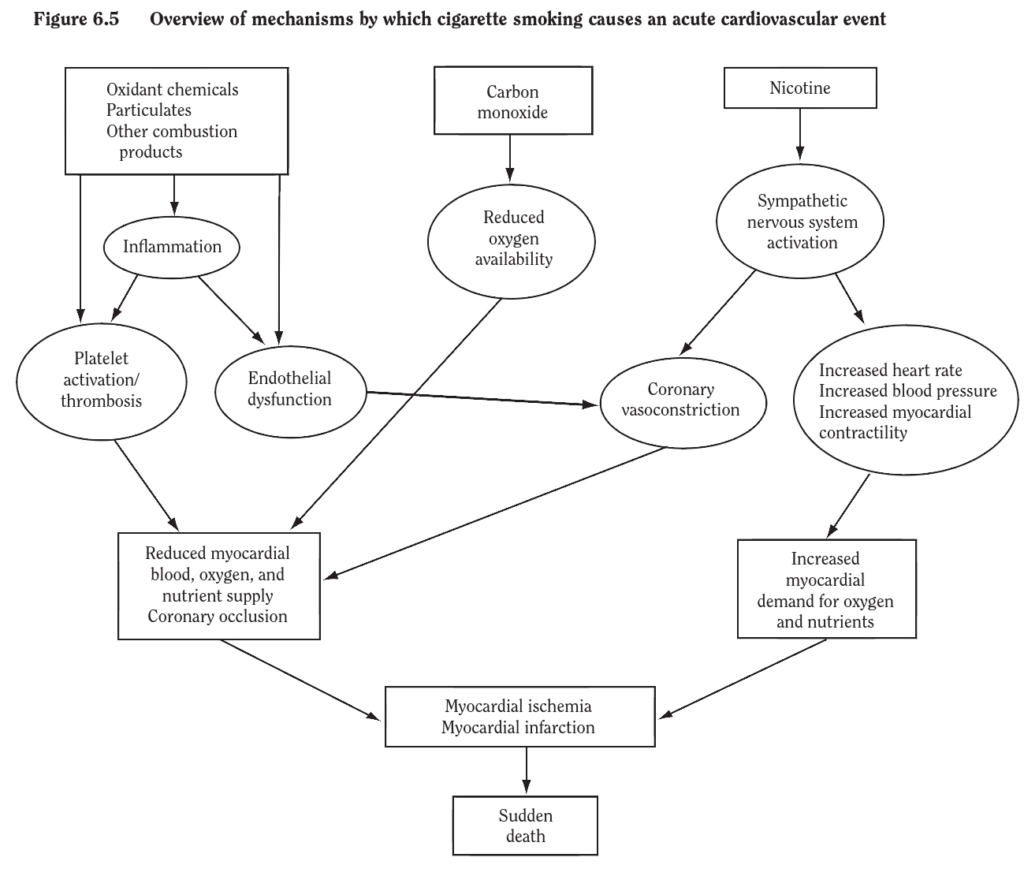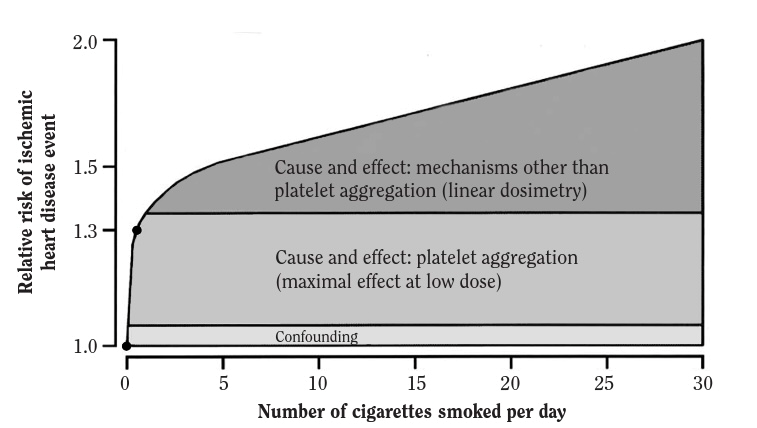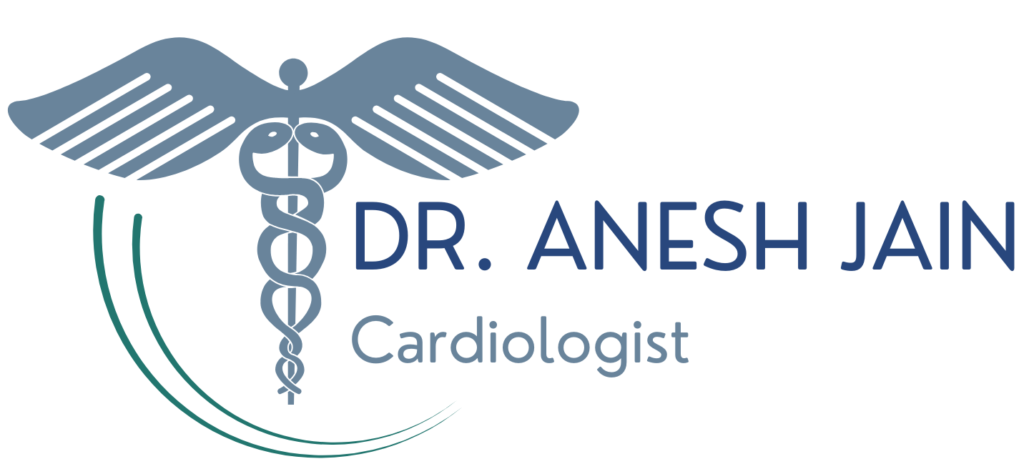How Tobacco Affects Your Heart and Steps to Protect It
Key Takeaways
- Tobacco use in any form—smoking, chewing, or vaping—promotes atherosclerosis, leading to blockages in blood vessels that can cause heart attacks, strokes, and other cardiovascular diseases.
- India is the second-largest tobacco consumer globally, with around 267 million users, including 120 million smokers. The widespread use of tobacco is a major contributor to rising heart disease cases in the country.
- Smoking and secondhand smoke exposure increase heart rate, blood pressure, oxidative stress, and harmful cholesterol levels, heightening the risk of cardiovascular events. Even brief exposure to secondhand smoke can cause immediate damage.
- The sooner one quits smoking, the greater the reduction in heart disease risk. Quitting decreases the chances of heart attacks and death from coronary heart disease by 50% within one year, and smoking cessation interventions like counseling, nicotine replacement therapy, and medications are highly effective.
Introduction
Cardio-vascular diseases are currently the most common cause of hospitalization and death worldwide. Keeping in mind the lifestyle that Indians have adopted, the incidence is only going to go up further.
One of the most commonly encountered risk factors is the use of tobacco in any form, be it smoking, tobacco chewing, or vaping. Tobacco in any form has a direct impact on cardio-vascular health as it promotes the process of atherosclerosis—the process where cholesterol is deposited in the walls of blood vessels and produces “blockages,” which can cause a variety of problems like heart attack, stroke, and peripheral arterial disease.
Smoking and tobacco usage should be curtailed and stopped altogether as early as possible to avoid damage to the vascular tree. The earlier a person does it, the quantum of benefit increases to that extent.
There are approximately 120 million smokers in India. India is home to 12% of the world’s smokers.
India is the 2nd largest tobacco consumer in the world—267 million—100 million tobacco smokers and over 199 million SLT users. Adults >15 years—28.6% use tobacco products (men 42.4%, women 14.2%).
Understanding the Impact of Tobacco on Heart Health
The Science Behind Tobacco and Heart Disease

Tobacco doesn’t just hurt your lungs—it actively damages your heart and blood vessels too. When you inhale cigarette smoke or use other forms of tobacco, you’re exposing your cardiovascular system to a cocktail of toxic chemicals. Here’s how it works:
- Nicotine, one of the main culprits, causes your blood vessels to constrict. This narrowing reduces blood flow, making your heart work harder to pump blood through smaller passages.
- Carbon monoxide, another byproduct of smoking, displaces oxygen in your blood. This means your organs, including your heart, get less oxygen than they need, leading to increased strain and potential damage over time.
- Other harmful chemicals found in tobacco (like tar and formaldehyde) contribute to the buildup of fatty deposits in the arteries, a condition known as atherosclerosis. These deposits restrict blood flow and increase the likelihood of heart attacks, strokes, and even peripheral artery disease.
The statistics are sobering. According to the Centers for Disease Control and Prevention (CDC), smokers are 2 to 4 times more likely to develop coronary heart disease than nonsmokers. Additionally, the World Health Organization (WHO) notes that around 1.9 million deaths per year are linked to tobacco-induced heart disease. That’s a staggering number for something largely preventable, don’t you think?
Related: Understanding the Causes of Heart Attacks in Young Adults
The Risks of Secondhand Smoke
It’s not just smokers who are at risk—secondhand smoke can be just as dangerous for those nearby. Even if you don’t light up yourself, being around someone who smokes can increase your chances of developing heart disease. Here’s why:
- Secondhand smoke contains the same harmful chemicals as directly inhaled smoke. When you’re exposed, these chemicals can cause immediate damage to your cardiovascular system, especially by reducing the elasticity of your arteries and impairing the way your blood vessels function.
- According to the American Heart Association, even brief exposure to secondhand smoke—just a few minutes—can damage the lining of blood vessels, increase blood clotting, and raise the risk of heart attack or stroke. This is true for both adults and children.
The CDC has reported that nonsmokers who are exposed to secondhand smoke at home or work increase their heart disease risk by 25% to 30%. Imagine that—you don’t even have to smoke a cigarette yourself to experience the damaging effects on your heart.
Short-term and Long-term Effects
Physiological changes involving mechanisms of CVD:
- Increase in heart rate
- Increase in blood pressure
- Altered Coronary blood flow—Coronary steal, that is, blood is redistributed unfavorably in the heart.
- Markers of oxidative stress like F2-isoprostanes, oxidized fibrinogen, and CRP increase after smoking. There is a reduction in antioxidants like vitamin A, C, and E.
- Increase in oxidized LDL cholesterol
- Thio-barbituric acid reactive substances are released into the body, making it susceptible to cardio-vascular events.

Common Misconceptions About Smoking and Heart Health
"Light" Cigarettes and Heart Health
Waterpipe tobacco/hukka & vaping has been popular among youth. A common misconception is that the smoke gets filtered and becomes less toxic after passing through a water receptacle. Waterpipe smokers engage in longer smoking sessions, which exposes them to more smoke.
Cumulative exposure to waterpipe smoking is associated with coronary artery disease and heart attacks.
Exposure as high as 40 waterpipe years was associated with a 3-fold increase in the risk of CHD compared with nonsmokers.

What You Can Do to Protect Your Heart
Steps to Quitting Smoking
The risks of MI & death from CHD are lower among former vs. current smokers—> decreasing about 50% in one year.
Among smokers with MI or CAG-documented CHD, persons who stopped smoking had a lower rate of re-infarction and mortality than those who continued to smoke.
In the 16-year follow-up of the Multiple Risk Factor Intervention Trial Research Group (1990, 1996), mortality from CHD was 11.4 percent lower in the “special intervention” group than the “usual care” group.
A trial in civil servants, in England, to stop smoking demonstrated an 18% reduction in mortality from CHD in the intervention group vs. the control group after a 10-year follow-up (Rose et al. 1982).
The benefits of stopping smoking on mortality and recurrent CHF requiring hospitalization were similar to the benefits from treatments with medications that are available.
Related: How to Stop Heart Attack: Preventive Measures & Lifestyle Changes
Strategies for Quitting Tobacco
Interventions for Smoking Cessation
- Psycho-social Counseling and Cognitive-Behavioral Therapy (CBT): Combined with Nicotine Replacement Therapy, which includes a long-acting form (nicotine patch) and a short-acting form (nicotine gum or lozenge).
- Nicotine Replacement Therapy: The patch provides sustained withdrawal symptom relief for 24 hours, while the short-acting product is used for breakthrough cravings or other withdrawal symptoms.
- Nicotine Nasal Spray: Studies have shown significant improvement in HDL/LDL cholesterol ratios after 9 weeks of use, with further improvements if smokers abstain for 17 weeks.
Additional Medications for Smoking Cessation
- Nicotine Replacement Therapy: Five types available: gum, transdermal patch, nasal spray, vapor inhaler, and lozenge.
- Bupropion
- Varenicline
- Nortriptyline and Clonidine

Conclusion
Quitting tobacco is one of the best things you can do to improve your cardiovascular health and reduce your risk of heart disease. With the right support and strategies, you can break the addiction and enjoy the long-term benefits of a smoke-free lifestyle.
Don’t risk your heart health. Consult with Dr. Anesh Jain, the best cardiologist in Pune, to create a tailored treatment plan.










Comments are closed